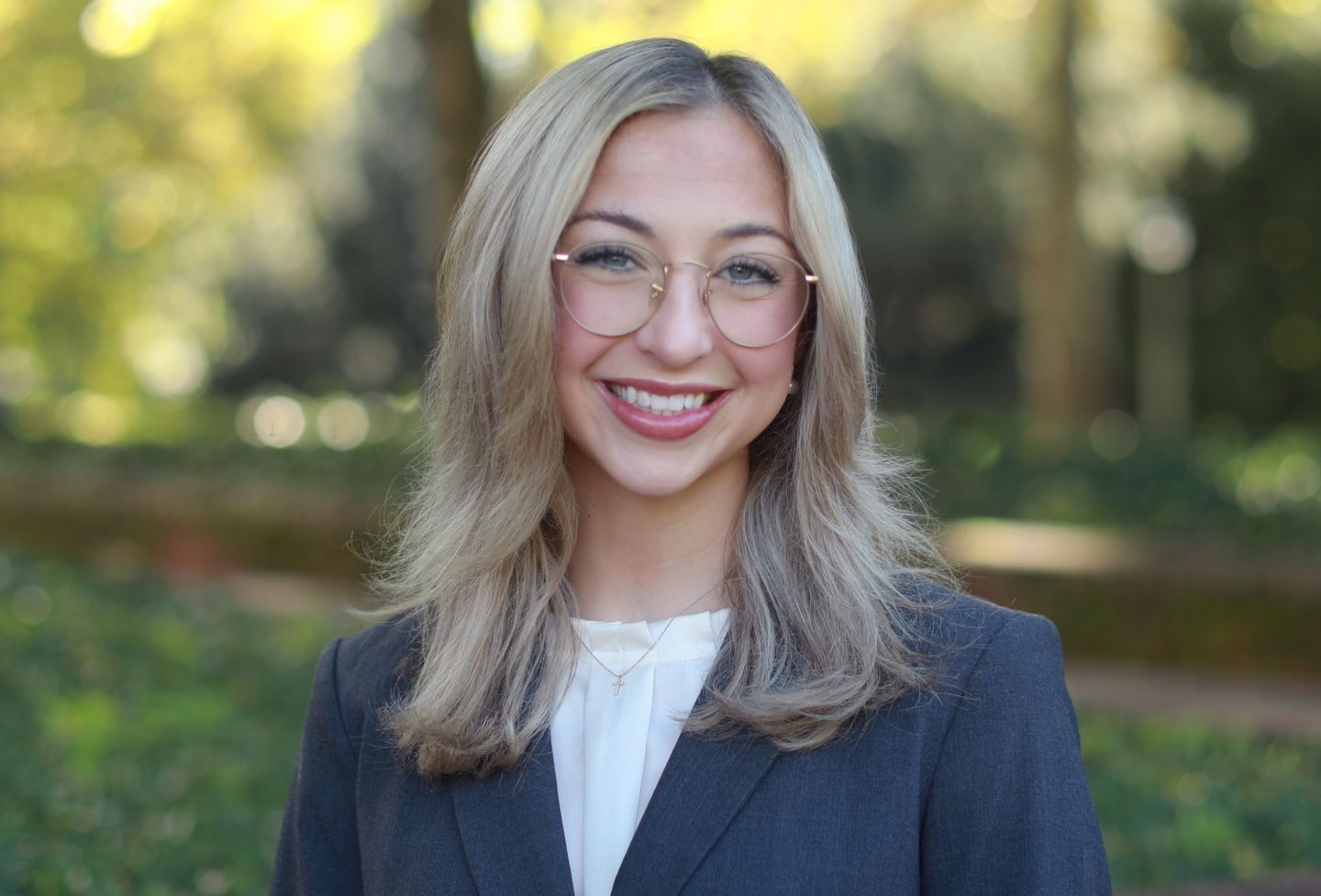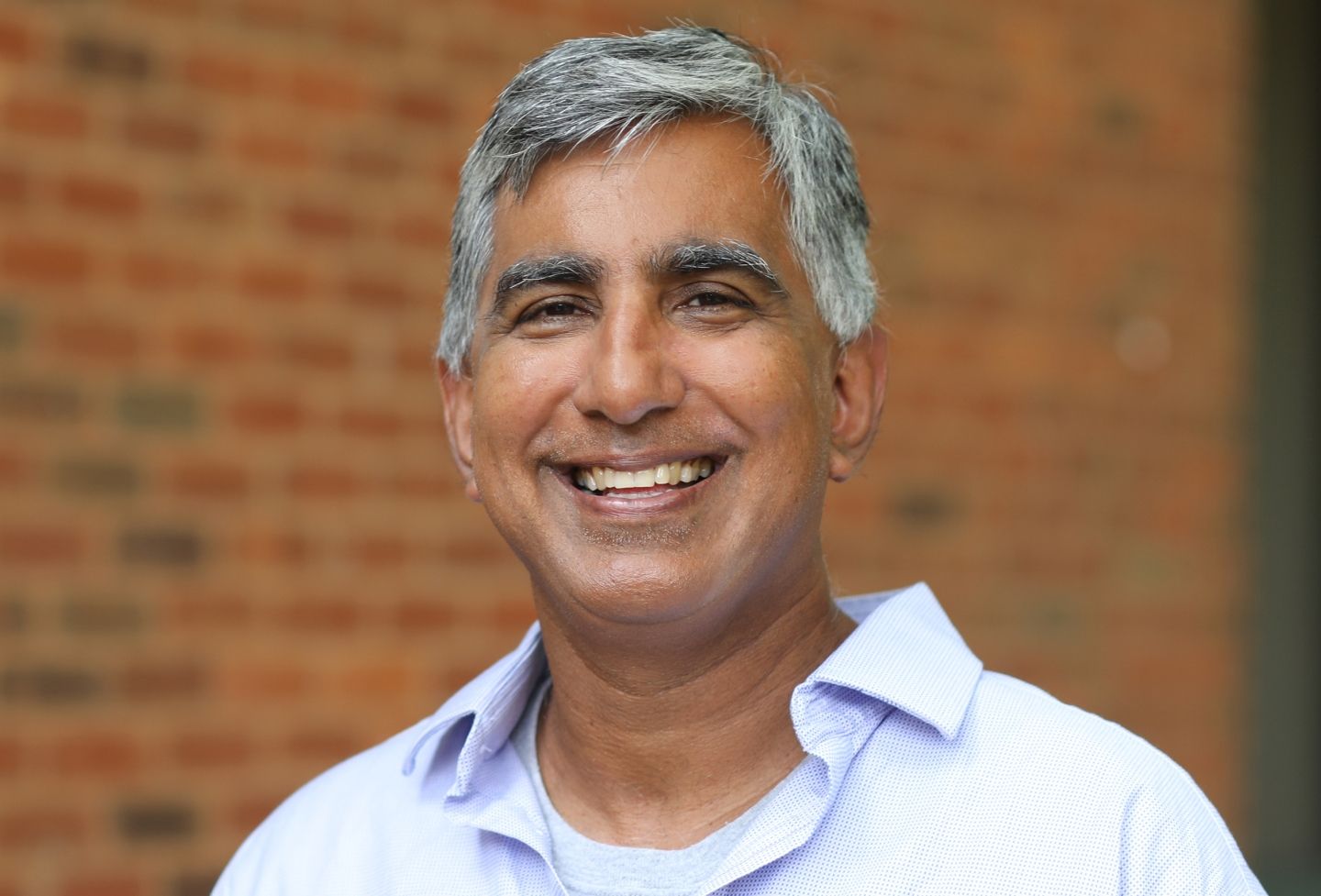If you’re looking ahead to your law school final exams with trepidation, just remember: All your professors were once in your shoes, and each of them are willing to talk you through it. In fact, they urge you to come see them.
That’s the message delivered by professors and Student Affairs Office staff interviewed as fall exams draw closer at the University of Virginia School of Law. At this point in the year, students have about a month to synthesize and condense the areas of law they’ve learned, figure out how to apply it to a hypothetical set of facts and understand how to deliver an effective answer depending on the type of exam question asked.
“I’m always shocked at how many students don’t come to see me individually about exams, either through office hours or even at the end of class,” said Professor Elizabeth Rowe, who teaches patent, trademark and trade secret law. “Across the board and across the years, the ones who have come to see me and who ask questions report that their performance was much better than it would’ve been if they hadn’t done that.”
Talking to professors allows students to clear up any confusion about the scope, focus and style of that instructor’s exam, and ensures that you apply the writing and analytical approach preferred by each professor.
“Sometimes students spend a long time trying to figure out some portion of the course that, to the professor, is just a tangent or really not that important,” Rowe said. “A lot of times you can gauge that by how much time a professor spent on something in class, for instance. But we have such accessible professors here, and you can even ask, ‘Is this going to be on the exam? How much of this do I need to know?’”
While you’re meeting with a professor, be sure to ask whether they have practice exams and sample answers from past years. That was Professor Quinn Curtis’ tried-and-true method for preparation when he was studying for his tests at Yale Law School.
“When I was a student, I would write my 80-page outline [of the class material], cut it down to 20 pages, then take a practice exam,” said Curtis, who also serves as associate dean for curricular programs and teaches classes in law and business. “Then I would go over it with my friends — see what we agreed and disagreed on — and then I would take another practice exam. By then, I was pretty much good to go.”
Although taking even one practice exam can be time-consuming and sometimes intimidating, many students reporting back after the first semester say they wish they had taken more practice exams, said Megan Durkee ’15, director of student affairs, who offered students an exam prep session on Nov. 10.
Students should plan backwards from their exam schedule to budget enough time for outlining each class and taking at least one practice exam per course under exam-like conditions, Durkee said.
“If [practice] exams are not available, that’s fine — your classmates will be in the same boat,” she said. “I think that’s a situation where you might want to challenge yourself to think about the questions that might be asked based on everything that’s been covered in class.”
Curtis cautioned against using commercial outlines or material that wasn’t either assigned reading or something addressed in class.
“More often than not, using commercial outlines or outlines that you didn’t put together aren’t as helpful,” Curtis said. “Because it’s really about the connection you make with the material and the way your professor taught the material.”
In addition, the breadth of outside sources — in comparison with the slice of material the professor taught — may tempt a confused student to focus on regurgitating rules rather than analogizing and distinguishing the facts on the exam from the facts in the cases the professors used to illustrate those rules.
“Don’t use some flow chart from a book that might bring in a lot of things that aren’t really called for in the question,” said Professor Ann Woolhandler, who is currently teaching a first-year Civil Procedure class and also teaches Administrative Law and Federal Courts.
Once you have your initial outline complete, professors say to try to boil it down into ever smaller outlines, as Curtis did when he was a student. In Rowe’s days at Harvard Law School, her friends would strive for an outline that would fit on a 3-by-5 inch card — an idea that makes her laugh now.
“I advise my students to put it on one 8-1/2-by-11 sheet of paper,” Rowe said. “Everything on that shorter list is basically a hyperlink to your brain, which opens another hyperlink, and you think, ‘Oh, OK, this means x, y, z.’”
Taking the exam itself also requires foreknowledge and a plan of attack. Professors often write their exams using facts gleaned from current events, news stories or pending cases, but they will add their own twists to make the issues sufficiently complex and nuanced.
While Rowe prefers essay exams with two or three questions that test for deep knowledge and strong legal analysis, others may pose long factual histories that require students to spot all the issues or claims, and apply the law. Curtis writes up shorter factual histories and questions that require short and clear answers.
Some professors may approve of using the standard IRAC framework from Legal Research & Writing — stating the Issue, Rule, Application and Conclusion — but that may not work well for others. “I’m mostly interested in the ‘application’ part,” Woolhandler said. “So they don’t need an introduction with a lot of generalities; I don’t need the rules all laid out at the beginning, I don’t need a history of the case law and I don’t need long descriptions of entire cases. What I’m looking for is analysis and application — if they want to draw an analogy to a case, it should pinpoint the relevant facts within that case.”
When you’re planning out your answers, don’t get stuck in the mud on issues you don’t understand. Rowe doesn’t even have an ideal answer in mind; rather, she assigns points as she reads, based on the level of analysis provided in the response. Curtis takes a similar approach.
“There’s nothing more heartbreaking than grading an exam where someone clearly spent too much time on one part and didn’t even get to another part,” Curtis said. “You have to pace yourself. There are way more points to be had by starting the next section than there are by spending another 15 minutes on a section you’ve been spinning your wheels on.”
In addition to that advice, the professors said, there are also a few general rules that apply across the board:
- “Be sure you are answering the question that the professor is actually asking, not the one you wish had been asked,” Rowe said.
- “Don’t write about non-issues. There may be a few you want to just get out of the way really fast, but the main thing is to focus on the issues that are suggested by the facts in the question,” Woolhandler said. “Most of the facts are provided to be used in some way in the answer and will have bearing on how the law applies.”
- “If you think you know the answer, write it up as clearly as you can,” Curtis said. “If you think there’s a cross-cutting issue, point that out — but don’t be afraid to say clearly what you think the answer is.”
In addition to planning your study time, plan when you’re going to rest and decompress and do fun things as well, Durkee said.
“You do have time before exams, so the more you’re able to take care of yourself, the more sustainable this process will be,” she said.
Related Video
Founded in 1819, the University of Virginia School of Law is the second-oldest continuously operating law school in the nation. Consistently ranked among the top law schools, Virginia is a world-renowned training ground for distinguished lawyers and public servants, instilling in them a commitment to leadership, integrity and community service.


